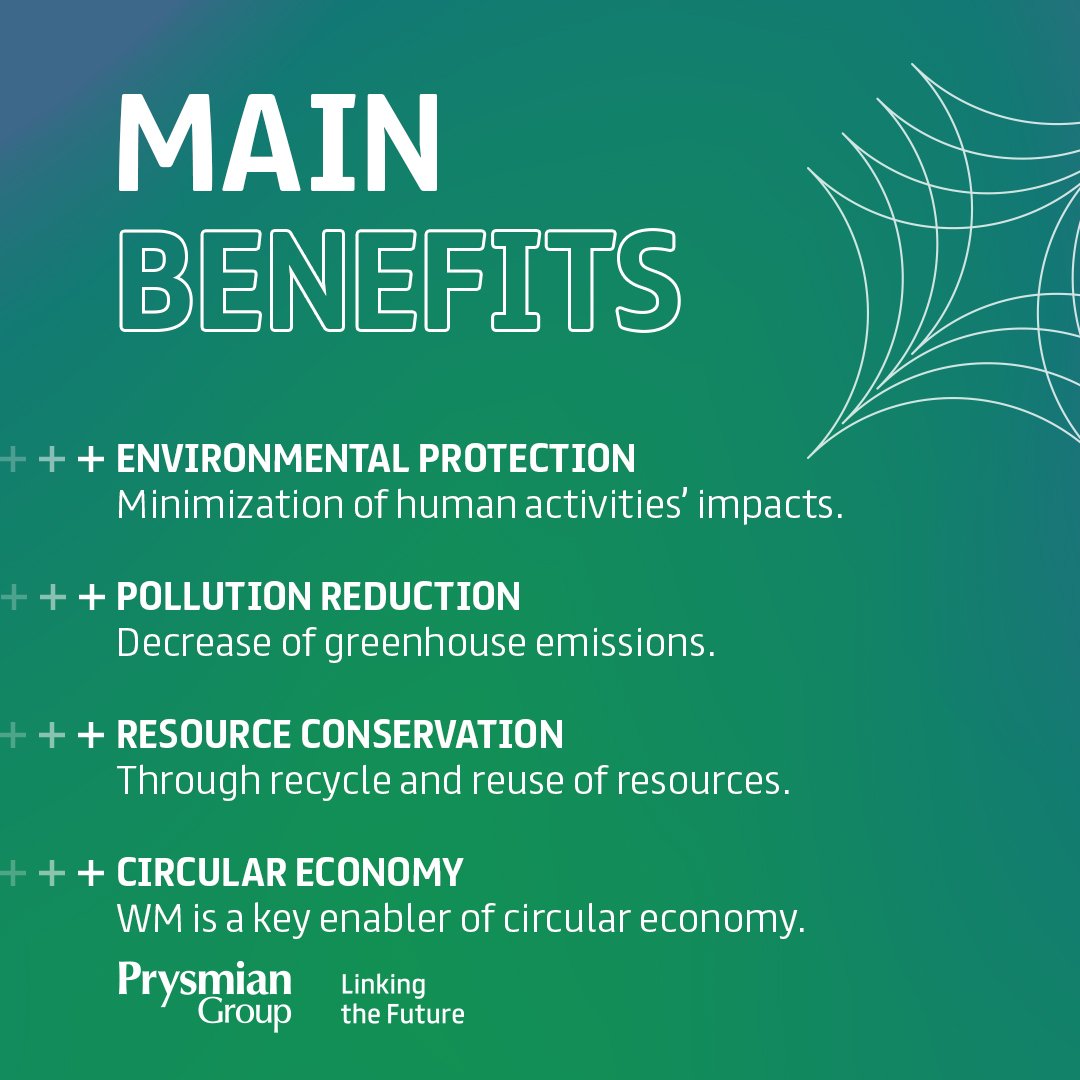Reclaim Waste for Dummies
Reclaim Waste for Dummies
Blog Article
Reclaim Waste Can Be Fun For Everyone
Table of ContentsHow Reclaim Waste can Save You Time, Stress, and Money.The 25-Second Trick For Reclaim WasteIndicators on Reclaim Waste You Should KnowThe Basic Principles Of Reclaim Waste The Basic Principles Of Reclaim Waste
Domestic sewage waste refers to the waste and items from a household septic tank. The correct management and disposal of domestic sewage waste need liquid waste to be moved to a sewage treatment plant where the correct approaches and equipment are applied to purify and dispose of waste.
Commercial waste usually includes possible risks, such as combustible materials or a combination of fluid and solid waste products, and needs an extra sophisticated and comprehensive disposal process. The disposal of industrial waste typically includes the filtering of waste before transportation to ensure risk-free and correct disposal. Industrial waste is developed from results and drainage of industrial procedures and production.
This sort of waste can not use the exact same sewer monitoring transportation or procedures as septic or commercial liquids. The hazardous waste management procedure requires the inspection and testing of liquid waste before it goes through the disposal procedure (liquid waste disposal melbourne). Runoff waste is the liquid waste that comes from runoff and excess stormwater in highly populated areas or cities
Drainage waste can cause contamination and flooding if not dealt with correctly. Ensuring appropriate waste administration can protect against calamities and reduce environmental injury.
10 Simple Techniques For Reclaim Waste
Contact PROS Solutions today to discover our waste management and disposal solutions and the proper methods to care for the liquid waste you create.
(https://www.tripadvisor.in/Profile/reclaimwaste1)Do you recognize what occurs to your water when you disengage, purge the bathroom or drain the cleaning device? No? Well, it deserves understanding. This supposed 'wastewater' is not just an important source however, after therapy, will be released to our land, rivers or the ocean. Made use of water from commodes, showers, baths, cooking area sinks, laundries and commercial processes is known as wastewater.

water made use of to cool machinery or tidy plant and devices). Stormwater, a kind of wastewater, is overflow that streams from farming and metropolitan locations such as roofs, parks, gardens, roads, courses and gutters into stormwater drains, after rainfall. Stormwater streams untreated straight to local creeks or rivers, ultimately getting to the ocean.
See This Report about Reclaim Waste
In Queensland, many wastewater is dealt with at sewer therapy plants. Wastewater is transported from domestic or industrial sites through a system of drains and pump stations, referred to as sewage reticulation, to a sewer therapy plant. Neighborhood federal governments construct, keep and run most sewer therapy plants. Operators are accredited under the Environmental Defense Act 1994 to release cured wastewater at an appropriate ecological criterion into rivers.
The Department of Natural Resources recommends city governments concerning handling, operating and preserving sewerage systems and treatment plants. In unsewered locations, regional governments may require homeowners to mount individual or household sewage treatment systems to deal with residential wastewater from commodes, kitchens, washrooms and washings. The Department of Natural Resources authorizes using home systems when they are proven to be effective.
Most stormwater receives no therapy. In some brand-new neighborhoods, therapy of some stormwater to get rid of clutter, sand and gravel has started next page utilizing gross pollutant catches. Wastewater treatment takes place in four phases: Eliminates solid issue. Larger solids, such as plastics and various other objects mistakenly released to sewers, are gotten rid of when wastewater is passed with screens.
Makes use of tiny living organisms understands as micro-organisms to damage down and get rid of remaining dissolved wastes and great fragments. Micro-organisms and wastes are incorporated in the sludge.
Top Guidelines Of Reclaim Waste
Nutrient removal is not available at all sewage treatment plants because it calls for expensive specialist devices. Clear fluid effluent generated after therapy may still contain disease-causing micro-organisms - liquid waste removal.

A lot of wastewater flows right into the sewerage system. Under the Act, neighborhood federal governments provide approvals and permits for environmentally relevant tasks (Periods) involving wastewater releases that may have a neighborhood influence.
Indicators on Reclaim Waste You Need To Know
Otherwise, samples are taken for lab analysis. Commonly numerous tests are required to develop the levels of each of the different contaminants such as oils, hefty steels and pesticides in water. Surveillance provides factual info regarding water top quality and can confirm that licence conditions are being satisfied. The details obtained through tracking supplies the basis for making water top quality choices.
Report this page